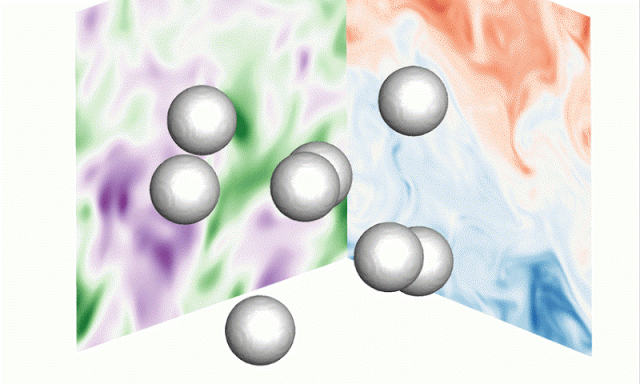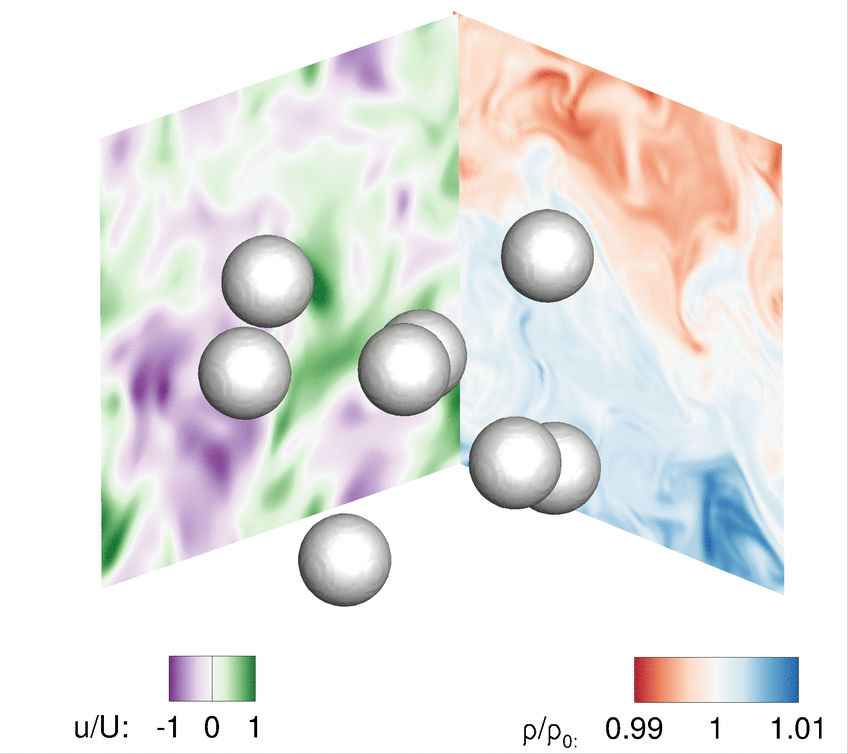
New research findings suggest small marine organisms swimming in concentrated “hotspots” likely contribute to the mixing of water needed to distribute nutrients for ocean species.
The ocean consists of a top nutrient-depleted layer that is well mixed by turbulence created primarily by wind, tides and other mechanisms, and a bottom unmixed nutrient-rich layer. In between is a layer called the pycnocline marked by a sharp change in density, said Arezoo Ardekani, an assistant professor of mechanical engineering at Purdue University.
“We are trying to learn about the potential contribution of marine organisms to the mixing processes that transport water from this nutrient-rich bottom region through the pycnoline layer and to the nutrient-depleted region,” she said.
Ocean mixing is critical for distributing nutrients to the nutrient-depleted layer.
“Some marine organisms move vertically between the top and bottom layers during the day and night through a process called diel vertical migration,” she said.
While it is known that wind and waves are the primary cause of ocean mixing, one unknown factor is whether swimming organisms contribute to this vital mixing. Previous research has suggested the organisms transport volumes of fluid and nutrients with them, a concept known as Darwinian drift. However, some scientists argue that the drifted fluid can re-stratify in marine environments and may not cause mixing.
The Purdue researchers used high-fidelity numerical simulation (animated gif available) of a “simplified swimming model” to determine whether the small ocean organisms such as zooplankton swimming in concentrated hotspots contribute to the mixing.
“So there are local hotspots where this mixing can be comparable to the turbulent mixing in the mid-ocean,” Ardekani said. “The mixing induced by horizontally swimming organisms is one hundred times weaker than the contribution of vertically swimming organisms.”
The hotspots may be especially important in the mid-ocean, where the majority of energy from waves and wind is dissipated prior to contributing to mixing.
Findings were detailed in a paper published in December in the journal Scientific Reports published by the Nature Publishing Group. The paper was authored by doctoral student Shiyan Wang and Ardekani.

Reference:
Shiyan Wang et al. Biogenic mixing induced by intermediate Reynolds number swimming in stratified fluids, Scientific Reports (2015). DOI: 10.1038/srep17448
Note: The above post is reprinted from materials provided by Purdue University.










